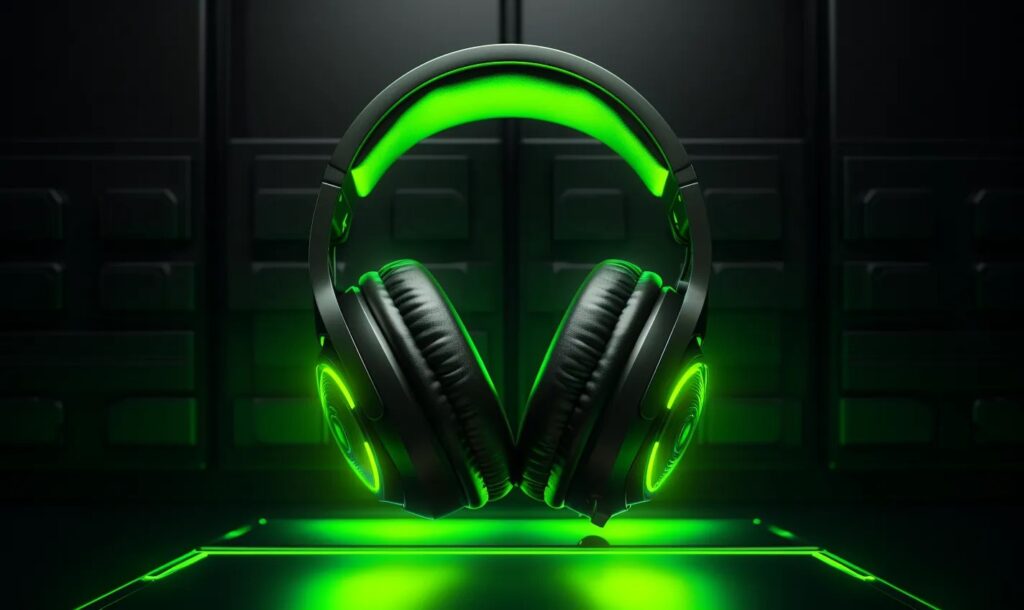Body language is a significant part of human interaction. When using body language, you communicate certain messages to whoever is nearby. You can intimidate someone, insult them or even make them laugh with a few well-placed clues.
Understanding body language is one of the most valuable lessons for persuasion. The way people react to your movement and energy is mostly unconscious, and you can win them over or call them to action without saying a word.
The Many Forms of Body Language
Nonverbal communication is exactly that: A form of communication that pairs with words or works entirely without the aid of verbal clues. People use nonverbal communication every day. Think of how often you see these, for instance:
- Arms crossed
- Raised eyebrows
- Rolled eyes
- Legs bouncing under the desk or table
- Shrugged shoulders
All of these behaviors fall under the category of nonverbal communication — they say something unto themselves and can pair with words for a reinforcing or contradictory effect. If I’m studying for an exam, my legs bouncing underneath a desk at the library, you can safely assume I’m concentrating, nervous or both — and that my bouncing leg is an outlet to these feelings.
Conversely, if I say “I believe you” while rolling my eyes, you know I’m joking or being sarcastic. Words are cheap, but your actions rarely lie. The best con men sell you on their energy and honesty using mostly movements and facial expressions. With a few simple steps, you can send messages directly to your audience that they will unconsciously respond to.
Reading Others’ Language
Most of how you respond to someone’s initial impression is an unconscious reaction to the nonverbal signals they’re sending. If you’re uneasy around someone, it’s probably because something about their movements, facial expressions or way of carrying themselves has disturbed you. The idea of “just having a bad feeling” about someone stems from a stream of tiny, negative, nonverbal clues they are sending, so small that you can’t consciously pick up on them.
In this sense, you’re already reading their physical communications. However, being aware of your actions and paying attention to what, exactly, rubs you the wrong or right way can help you understand yourself and others to a higher degree than ever before.
For instance, you may be a visual communicator, interested in mostly where a person is looking as they speak and taking clues about their personality from that. You may get insulted if someone looks elsewhere while they’re talking, or you could feel that they are lying or not listening to you.
This reaction says as much about you as it says about them: You feel important enough to deserve undivided attention and get suspicious when others fail to deliver.
Your Body Language
Being aware of the communications you’re putting out into the world can give you a huge advantage over the rest of the field. As previously noted, the vast majority of people are unaware of the signals they’re sending, making nonverbal communication the single most honest form of communication.
For instance, if you feel awkward at a party or workplace event, your body is sure to follow the clues your brain is sending, and you’re likely to isolate yourself from others and uncertainly glance around the room. Of course, others will pick up on this feeling and either come over to talk to you or leave you alone to suffer.
Navigating this type of situation can be difficult. However, if you can open yourself up with body language — hovering close to other groups without intruding, starting small talk with a co-worker or stranger — you’re more likely to attract others and have a good time in the process.
Separate your mind from your body and think about this list of questions for a second:
- How often do you frown or smile during the day?
- How often do you laugh?
- How much energy do you bring to a room?
- How do you stand?
- Where do you look when you’re meeting a stranger?
The answers are just a few pieces of the enormous puzzle of nonverbal communications, but they can tell you a ton about yourself and about the people you interact with once you start paying attention to the clues.
Recent Stories
Follow Us On
Get the latest tech stories and news in seconds!
Sign up for our newsletter below to receive updates about technology trends














